Come join us for a special event during San Diego Comic-Con on Thursday, July 24. Tickets on sale now!
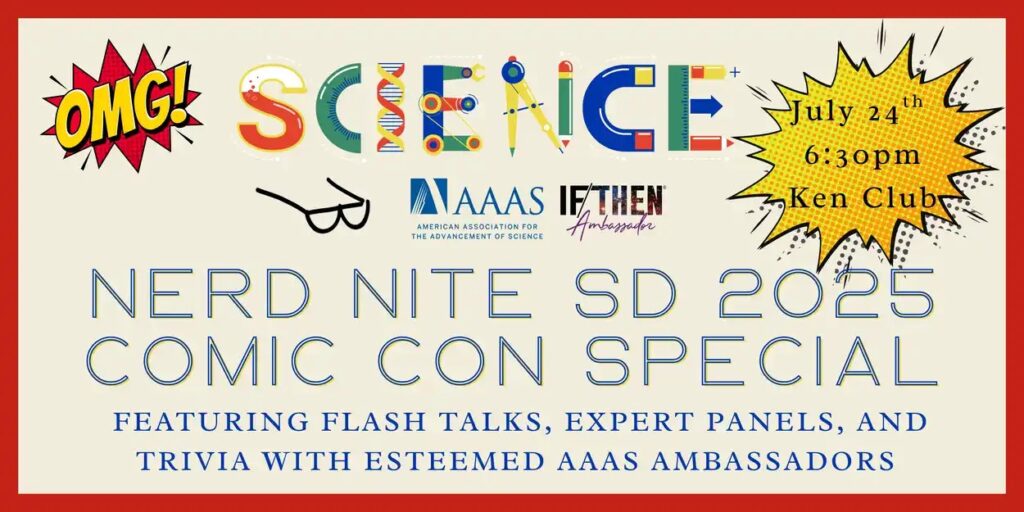
Come join us for a special event during San Diego Comic-Con on Thursday, July 24. Tickets on sale now!

We’ve got some awesome speakers for our next event on Thursday, June 5. Tickets are SOLD OUT! We hope to see you at our next event.
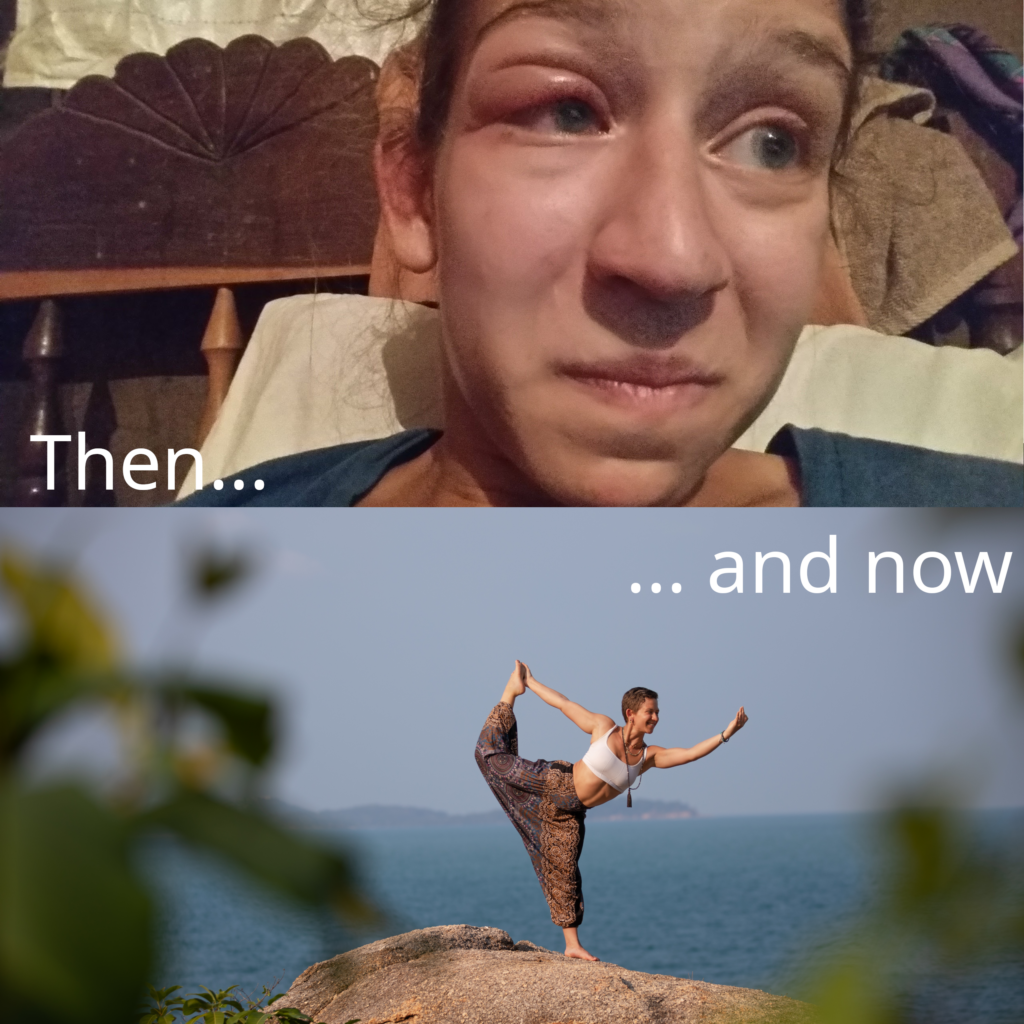
Nicole Torosin
Title: “From field fiascos to fitness frenzies: a misanthropologist’s guide to genetics”
First, I’ll dive into the trials and tribulations of doing field work in Argentina, while sprinkling in real facts about yellow fever virus resistance genetic evolution across primates. I had to work with the Argentinian government and park rangers to obtain permits to find and collect feces from a group of howler monkeys that hadn’t been seen in 5 years and were presumed … dead. All of this hard work did pay off though; I found the howler monkeys and discovered a genetic variant that might be the key to yellow fever virus resistance.
Second, I’ll talk about how my background led me to my current career starting a genetically informed personal training company and how your genes can tell you about the most effective way you should be working out!
Dr. Torosin has a PhD in genetic anthropology from the University of Utah where she studied the evolution of yellow fever virus resistance. After doing her postdoc at Rutgers University, she worked at a startup studying epigenetics and longevity. Finally, being too burned out to function, she spent 6 weeks in Thailand and came back with the crazy idea to start a genetically informed personal training business. Trying to make this work now takes the majority of her time.
Danielle Hiestand
Title: “Navigating the Neural Woods: EMDR, Trauma and the Adaptive Brain”
This talk uses the metaphor of trees and a forest to explain how the brain clusters together big traumas and smaller negative life experiences into connected memory networks. According to the Adaptive Information Processing (AIP) model, these memory networks are key to understanding how EMDR therapy helps the brain process stuck negative memories so the individual suffers less in the present. EMDR uses bilateral eye movements or tapping to target a memory and support the brain’s natural healing process. As this happens, the memory starts to lose its emotional intensity and vividness, making it feel less upsetting. Eventually, the memory connects to healthier, more helpful thoughts and beliefs, so the individual can think about it without distress or negative beliefs.
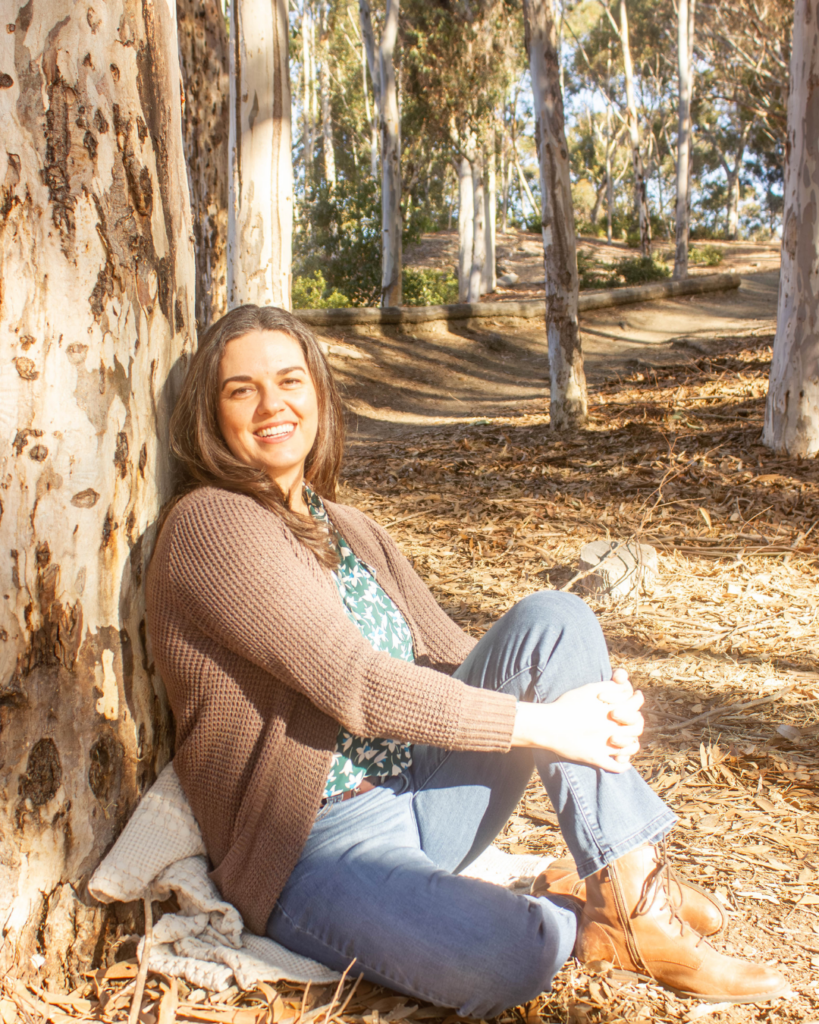
Dr. Hiestand has been passionate about learning and helping others most of her life. After graduating from UCSD with a Bachelors of Science in Cognitive Science, Neuroscience and Psychology she stayed in San Diego to complete her PsyD in Marital and Family Therapy at Alliant International University and become a licensed Marriage and Family Therapist (LMFT #48529). To be honest, she couldn’t leave the ocean or the beautiful weather of San Diego and wanted to keep learning!
Dr. Hiestand has a private practice in Mission Valley where she provides telehealth and in-person treatment and specializes in eating disorders and complex PTSD treatment. She is a Certified EMDR Therapist, EMDRIA Approved EMDR Consultant and an EMDR Facilitator for EMDR Basic Trainings.
In her free time she enjoys spending time with her husband and two daughters, volunteering with Girl Scouts, hiking and paddle boarding.
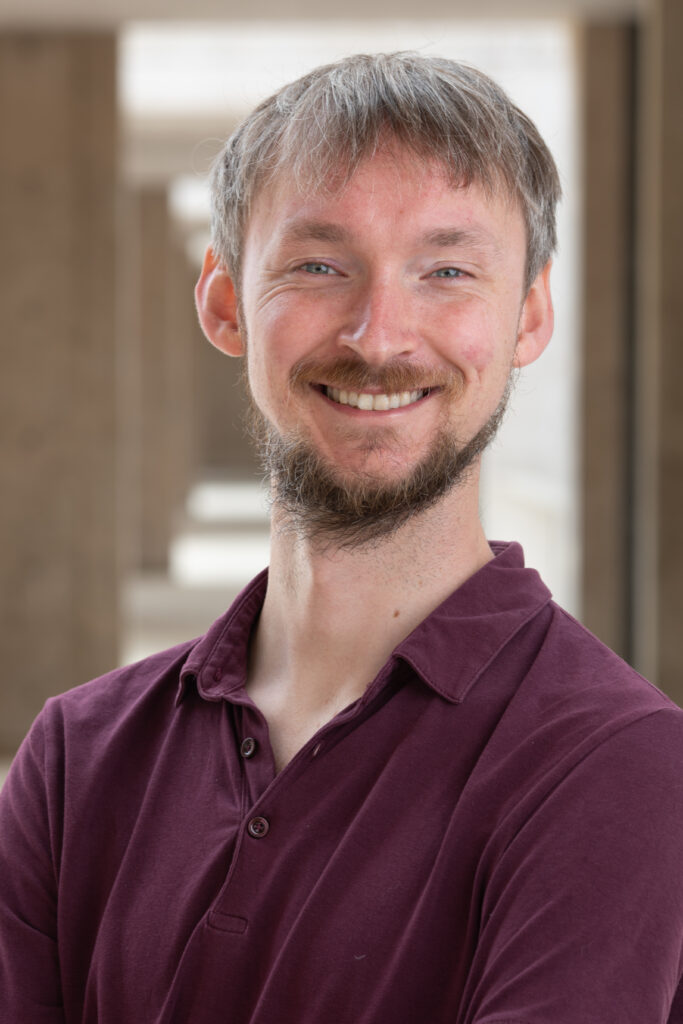
Corey Jones-Weinert
Title: “Telomeres, aging, and cancer: does size really matter?”
The age-old question “does size really matter?”, often uttered by those that got the short end of things, has different answers depending on the context in which it is asked. Telomeres protect our chromosomes – our cells’ instruction manual that guides cell activities. Telomeres sit at the very end of our chromosomes, and get shorter as we grow old. Telomere shortening is responsible for part of aging, and individuals that have very short telomeres prematurely age. So, bigger is better, right? Not necessarily. Every time a cell grows, telomeres get shorter. When telomeres are too short, cells cannot grow anymore and may die. A commonality among cancers is unlimited cell growth, which requires a mechanism that elongates telomeres to counterbalance their constant shortening. During my talk I hope to shed some light on the big and small details of telomere biology to help everyone decide for themselves whether size really matters, and why – telomere size, that is.
Dr. Corey Jones-Weinert got his PhD in Molecular Oncology at IFOM, a research institute in Milan, Italy, in 2020. He has been studying telomeres for the past decade, encompassing his PhD and now his postdoctoral research at the Salk Institute for Biological Studies. He first worked on how a certain type of cancer, Alternative Lengthening of Telomeres, lengthens its telomeres, and now focuses on how cells die when their telomeres get very short. His love for science has led to a love for science communication, which he is now in the process of making his main focus. He writes articles aimed at the general population describing how cancer works for a cancer patient advocacy web page called Within Oncology, and is creating a podcast on Telomere Biology Disorders, a set of rare diseases, in collaboration with the non-profit group Team Telomere that advocates for afflicted individuals.
Tickets are SOLD OUT! The first 40 are still only $10, but the rest are $15 to help Nerd Nite San Diego offer speaker fees and host events more often. We appreciate your support!
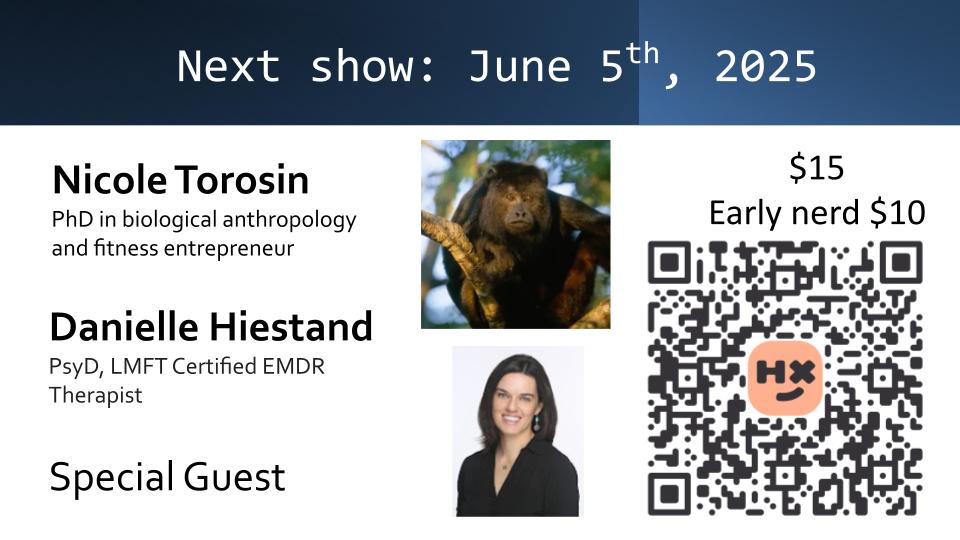

Anila Venable Madiraju
Title: “Feel the Burn: The Spectacular Diversity of Metabolic Rate in Bats, Bears, Birds … and Humans”
How do bears survive through hibernation? What allows hummingbirds to flap their wings so rapidly they seemingly “suspend” themselves middair? And bats … why is bat metabolism even relevant? Come find out about the fascinating diversity of metabolic rate and macronutrient preferences in different animals, and how variation in metabolic regulation plays a role in human beings!
Dr. Anila Venable Madiraju is a French Canadian biochemist and physiologist who trained at Yale University and migrated to warmer climes never to leave again. Her past work centered on understanding the intricacies of metabolic dysfunction in order to develop drug targets for obesity, diabetes and liver disease. Anila spends a lot of her time sharing the wonders of science with the community. She is an avid amateur chef, and has her spouse Aaron to thank for being an eager experimental subject to test her creations. Anila serves on the Board of Directors for a local non-profit, and founded a community salon event called Brunch & BrainZ. The majority of her best ideas come from her two gremlin-dogs, Zoobi & Gizmo.
Jenny Hofmeister
Title: “The Hungry Octopus and the Endangered Abalone”
Octopuses (yes, that is the correct plural) may seem like aliens from outer space, but they are very much of this planet. They are weird, wonderful, and probably smarter than me. They are also voracious predators, and, unfortunately, won’t avoid eating endangered snails no matter how many times I ask. Come learn what an abalone is, what makes octopuses so unique, and why I have spent my career searching for animals so good at camouflage that I sometimes trick myself into thinking a rock is moving.
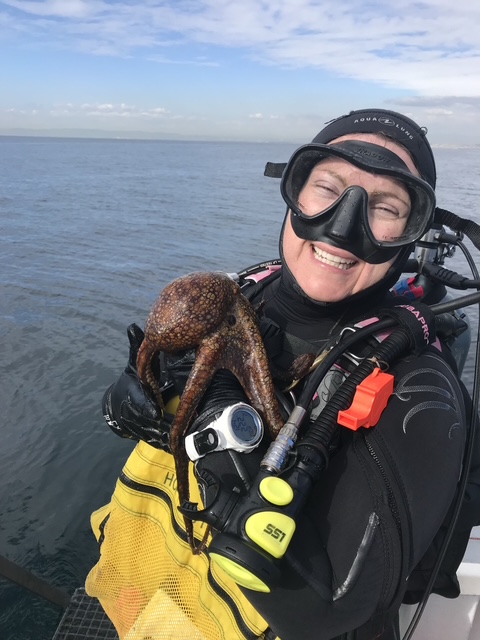
Bio: Jenny grew up in northern California and comes from a family of SCUBA divers, pilots, and sailors (which clearly explains why she didn’t become a terrestrial biologist). She received a B.S. in Marine Biology from UCLA (Go Bruins!) and was fortunate enough to study abroad in Mo’orea, French Polynesia and Australia. She received her Ph.D. from UC Berkeley (Go Bears!) researching the predatory ecology and movement of the California two-spot octopus. She also completed her postdoc through the Scripps Institution of Oceanography exploring the intersection of octopus movement and abalone outplanting. She now works for the California Department of Fish and Wildlife specializing in endangered species recovery. In addition to being an ocean enthusiast, Jenny is a quilter, bag maker, and overall crafter. She also plays soccer as a goalkeeper and has done improvisational comedy since she was 11. She lives in San Diego with her husband, Dave, and an abundance of octopus house decorations (but there’s still room for more).
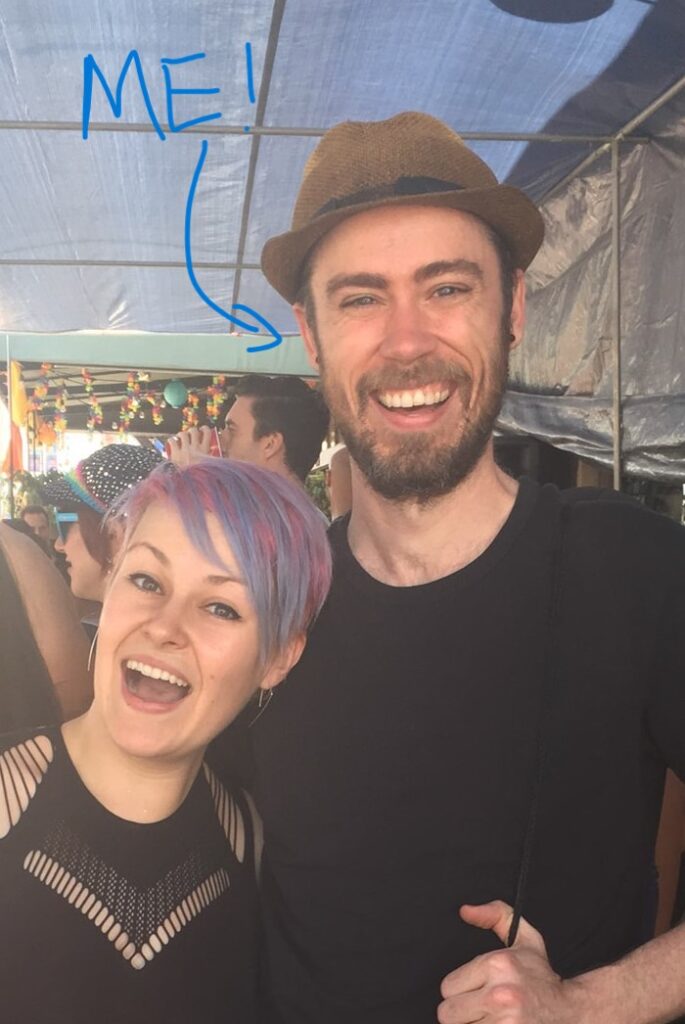
Dan Smith
Title: “CRISPR Genetics: How we’re really gonna Cronenberg this one up Morty”
A quick exploration of genetics, CRISPR, and the marvel that is human vision. Also, how we’re probably going to use CRISPR to cure some insane diseases, but also, break some stuff along the way.
Bio: I am a Technical Applications Scientist for a local biotechnology company, which is a pretty fancy way of saying I do tech support for expensive machines. I have a pretty broad background, having studied protein biochemistry, stem cells, cancer biology, and muscle development. Ironically, I won’t be talking about any of those specialties at Nerd Nite, but I’m still really excited to hang out with you all and chat about some amazing science.
Check back soon for more info about the two other speakers for this event!
More speaker information coming soon!
Join us for our Sexy Science Special! $10 tickets available here.
Leslee Matsushige
Title: “The Fascinating, Fantastic, Fabulous Family of Fishes: Seahorses, Seadragons and Pipefish“
Ever wonder where those mythological images of King Neptune riding on horses under the sea came from? Did you know there are dragons that live in the ocean? Have you seen a tiny fish that is about the size of a large colorful toothpick? These myths of these unusual creatures are most likely derived from the existence of seahorses, seadragons and pipefish! Find out fascinating facts about the fantastic fishes in the Syngnathidae family. Birch Aquarium at Scripps has an accomplished program in the exhibit and propagation of seahorses and their relatives.
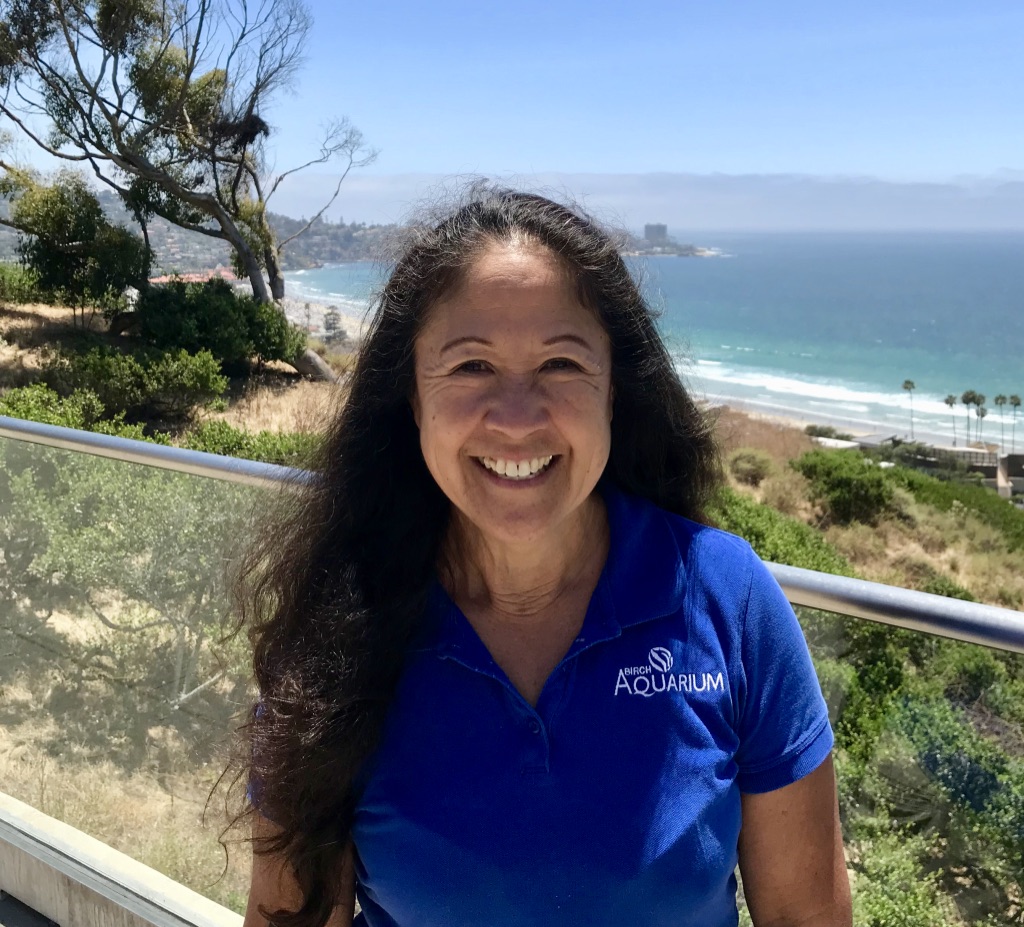
Our talented aquarist team have been rearing seahorses in captivity for more than 20 years. Many of these Birch Aquarium-born seahorses are on display, and many have been sent around the world to help reduce collection pressure on wild populations. We have successfully raised 12 species of seahorse and shipped over 4000 seahorses to more than 100 aquariums and zoos around the world. Our Seadragon Propagation Program was created to focus on breeding these fabulous fishes related to seahorses. Learn what a seadragon is, they are super cool! We are excited to share our success in breeding and rearing of weedy seadragons at Birch Aquarium.
Leslee Matsushige is a graduate of the University of Hawaii and has been an Associate Curator at Birch Aquarium at Scripps Institution of Oceanography, UC San Diego since 1992. Her specialty is in the husbandry of syngnathids, mainly with seahorses and seadragons. She instituted a very successful seahorse propagation program in 1996 and a seadragon propagation program in 2012. The successful propagation of syngnathids has been a vital part of the Birch Aquarium’s conservation programs.
Leslee is also a member of the IUCN Species Survival Commission’s Seahorse, Pipefish and Seadragon Specialist Group. This group provides independent technical and scientific advice to governments and other groups to improve the conservation status of these species. The members regularly assess the threat of extinction for these animals, undertake and publish research that supports the survival of wild populations, and develop conservation action plans for threatened species.
Leslee has made contributions to the Syngnathid Husbandry Manual that shares pertinent information on the care and propagation of Syngnathids. She collaborates with syngnathid researchers, and has given many presentations for aquarium conferences and public interest groups.

Pascal Gagneux
Title: “How sperm sweet talk the female”
Your existence is due to the successful fusion of two haploid gametes, an egg and a sperm, nine months before your birth. Most of us do not appreciate how extremely unlikely the fateful encounter between these two cells was. Sperm cells are one of the few cell types that evolved to travel within the body of another individual. In order to reach their goal successfully, sperm cells have come to rely on countless remarkable adaptations, including a powerful “outboard engine”, the flagella and midpiece packed with energy-generating mitochondria, and thick and complex sugar coat. This sugar coat can dynamically change and acts as an antiadhesive, invisibility cloak and general life saver for the sperm. Sperm cells are active without expressing a single gene, as their DNA is tightly packaged in the sperm head and remains totally silent.
Pascal will walk you through the epic journey that half of each of you completed before you were even conceived. You will come to think of sugars not just as a source of calories, but as a part of the language of life, allowing cells to recognize each other and communicate, before individual development even starts.
Pascal Gagneux is Professor and Chair of Anthropology, and Professor of Pathology at UC San Diego and is the Executive Co-Director of CARTA, the Center for Academic Research and Training in Anthropogeny. He is interested in the evolutionary mechanisms responsible for generating and maintaining primate molecular diversity, especially with regards to glycans, sugar molecules coating every living cell.
Pascal has studied the behavioral ecology of wild chimpanzees in the Taï Forest, Ivory Coast, population genetics of West African chimpanzees, and differences in sialic acid biology between humans and great apes with special consideration of their differing pathogen regimes and sexual selection via cryptic female choice.
Natalia Reagan
Title: “Time to Increase Your Clitoracy Rate! Homo sapiens, Simian, and Snake Slits Explained“
Let’s talk about the unhung hero of genitalia – the clitoris! In October 2022, Dr. Blair Peters, a queer gender-affirming care surgeon, and their team of researchers published that they finally counted all the nerve fibers on the human sweet bean. The result? 10,281 nerve fibers on average- a whopping 2000 more than previously stated (and wait till you hear WHY the old stat was off!). And it’s not just humans that are celebrating. Just a month later, in December 2022, another paper was published by an all-female team of researchers that determined snakes not only have a clitoris, but they have two devil’s doorbells, or a hemiclitores. These scientific discoveries further illustrate why diverse voices and representation matters in science. Lastly, we will lightly touch on the hypertrophied clitoris (or pseudopenis) of some very lucky monkeys. Get ready for more than your fair share of clitbait!

Natalia Reagan is a biological anthropologist, comedian, producer, professor, and monkey-chaser. She has hosted a Bigfoot TV show, been a comedy writer, correspondent, podcast host on Neil deGrasse Tyson’s “StarTalk”, an animal expert on “Nat Geo Wild’s Everything You Didn’t Know About Animals”, and a host and writer for Discovery’s DNews. Your dad’s probably seen her on History’s “UnXplained” and “Unbelievable” Travel Channel’s “Paranormal Caught on Camera”, “Everybody Loves Raymond” and “My Name is Earl”. She also has been producing science comedy content for over 15 years including series like “Talking Shit with Dr. Todd and Natalia” and you can catch her live science comedy show “Survival of the Filthiest” playing stages in LA & beyond. Natalia also hosts a weekly livestream on YouTube, also called “Survival of the Filthiest” featuring scientists, comedians, and activists. Lastly, she can be seen performing science-themed burlesque as Prof. Eva Lution- “come for the boobs, stay for the science!”
Follow Natalia on YouTube or on IG for more info! @natalia13reagan
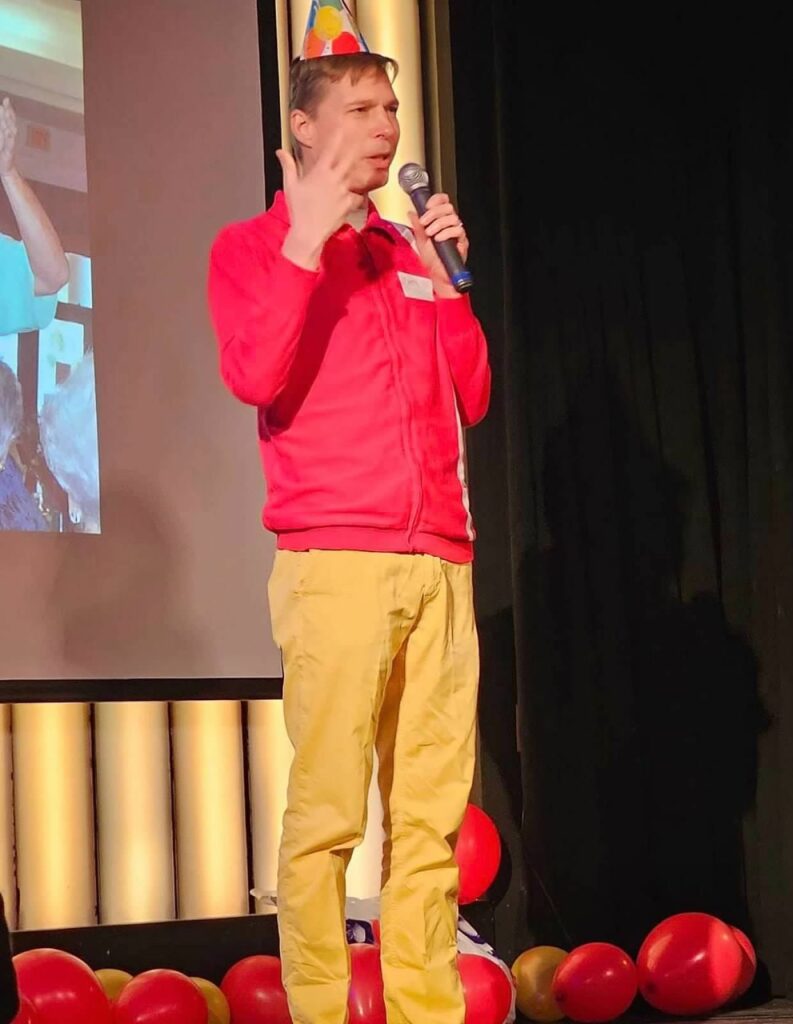
Nerd Nite San Diego is thrilled that Matt Wasowski will attend our February event and kick things off with the fun story of how Nerd Nite began. As CEO of Nerd Nite, Matt also edited the book “How to Win Friends and Influence Fungi,” which is full of essays from Nerd Nite speakers from around the world. We’ll have copies for sale at the event!
Buy your $10 tickets now for Nerd Nite San Diego #52, all about sex! Topics and speaker info coming soon.

Grab tickets for our holiday themed event on December 11, only $10!

Cypress Hansen
Title: Species that Sleigh: Exploring San Diego’s Natural Holiday Spirit
Who says SoCal has no holiday spirit? Join expert naturalist, Cypress Hansen, on a journey through San Diego’s nature in search of our most festive flora and fauna. From mistletoe and holly berries to Christmas cactus and the animals that depend on them, this talk will showcase the rich biodiversity of our region and highlight the connections between nature and “The Holidays”. Go beyond the clichés and see the wild side of the season.
Cypress is a professional science communicator, naturalist, and illustrator. She started her career as a marine biologist, but quickly pivoted to science communication when she watched her fellow scientists run and hide from lab visitors (true story). Cypress has worked for a variety of major public-facing science institutions (Monterey Bay Aquarium, The Smithsonian, The Nat in Balboa Park) but now runs her own outdoor guiding business, North Star Naturalist, where she develops and leads unique outdoor excursions around San Diego County. When she’s not outside looking for snakes, mushrooms, or native bees, Cypress writes about physics, paints in watercolor, cares for her native plant garden, and cooks up serious storms in the kitchen.
Lisa Will
Title: The Reason for the Seasons
December marks the Winter Solstice in San Diego and the rest of the Northern Hemisphere. Did you ever wonder what causes the seasons? Is the Earth the only planet with seasons? Join us to find out!
Lisa Will earned her BS in Astrophysics from UCLA and her Ph.D. in Physics from Arizona State University. She is a Professor of Astronomy and Physics at San Diego City College. She is also the Resident Astronomer at the Fleet Science Center and co-host of the Facts & The Furious podcast. She has researched the nature of dust grains in space and innovations in astronomy education. She is obsessed with Star Wars, the MCU, and Doctor Who and has been a proud geek girl since watching Star Trek and Star Wars as a child. She lives in San Diego with her husband, science fiction and fantasy author Greg van Eekhout, and their two dogs.


Effie Fine
Title: Heat from the Deep: Santa’s Sleigh is on Thin Ice
This holiday season, let’s go on a journey far up north, into the Arctic Ocean. Here, warm waters from the south threaten the delicate balance that sustains the Arctic ice cap. You’ll learn about ocean mixing and ocean heat can affect sea ice, the factors that protect the ice from this heat, and about the specialized instruments we use to study these processes hundreds of meters below the ocean surface.
Effie Fine is a physical oceanographer at the Scripps Institution of Oceanography. She got her BS in Physics from Stanford University and an MS degree at the University of Colorado at Boulder, where she realized she could combine her love of physics with studying the ocean through exciting fieldwork around the world. She moved to San Diego and got her PhD at Scripps, focusing on ocean mixing in the Arctic Ocean. When she’s not working Effie enjoys yoga, dog training, and introducing her one-year-old daughter to all the natural wonder San Diego has to offer.
Buy your tickets now for a special holiday-themed Nerd Nite. Join us on Wednesday, December 11 to hear about the reason for the season, what really happens at the North Pole, and more!
Tickets are on sale for only $10 for our 50th event on Thursday, September 26!
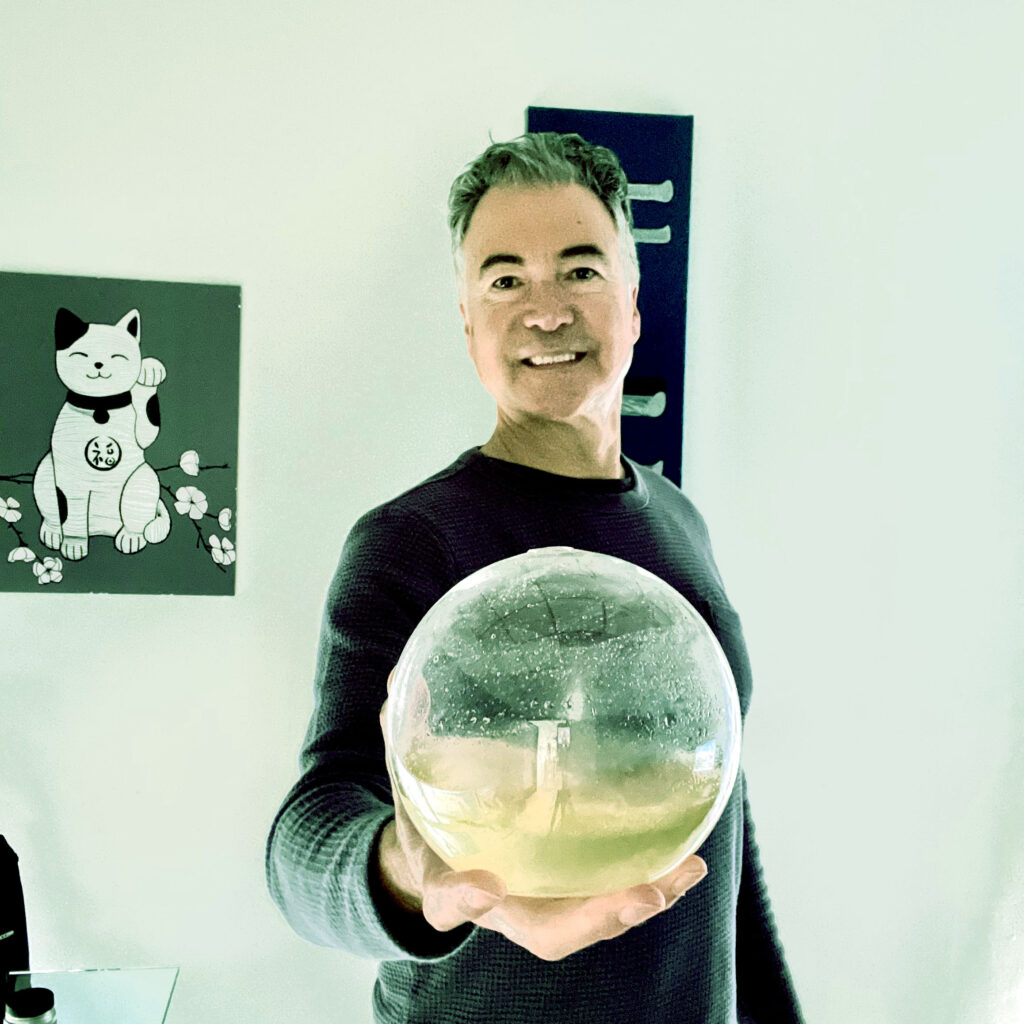
Dean Sauer
Title: “The Disco Inferno in the Sea: The importance of phytoplankton and bioluminescence in our oceans.”
Dive into the vibrant world of oceanic bioluminescence. We’ll explore the vital role of phytoplankton, with a special focus on the bioluminescent species Pyrocystis fusiformis. Discover how these tiny marine plankton light up the seas and help support the entire ocean ecosystem and why they are far more than just glowing waves.
Dean Sauer is an ocean lover, science enthusiast, entrepreneur, and proud dad of two. He’s fascinated by all things that glow and finds joy in watching bioluminescent plankton light up the night. After years of working in biotech, Dean decided to dive into the world of marine biology and founded PyroFarms, a company dedicated to cultivating and sharing bioluminescent phytoplankton. When he’s not tinkering with his latest projects, you might find him lost in the mountains. Well, he hopes someone does.
Dr. Jeremy Long
Title: “I do dance now, I mek science moves“
Linking science and pop culture can serve as a platform to attract underrepresented students to STEM fields. Such efforts can empower underrepresented students to consider scientific careers and to foster environmental stewardship. This should be especially true in a country like Jamaica where the shared love for music and dance is world-renowned. However, these linkages continue to be rare. Thus, our team has been using dance and movement to connect Jamaican youth to science and the environment via Dancehall. I will share highlights of our “Mek Moves” project that blended science and dance for hundreds of children through a partnership between dance creatives and scientists. Also, I will ask you to dance with me.
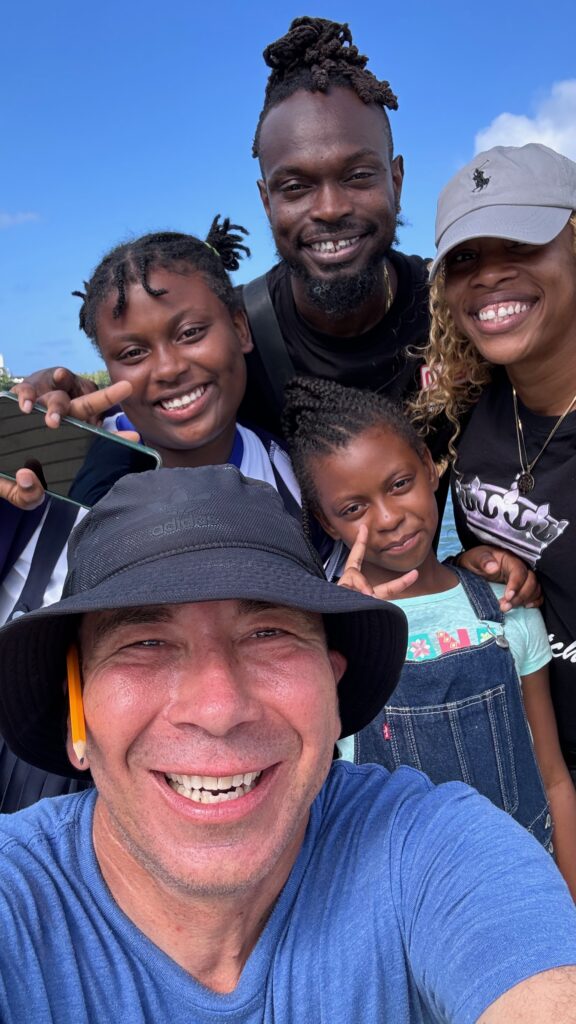
Dr. Long is a Full Professor of Ecology at SDSU. As part of a Fulbright Scholarship during his 2024 sabbatical, he traveled to Jamaica to study coral reefs and lead outreach efforts. This project merges Dr. Long’s professional interests with his personal interest in Dancehall. His interest as a guest in this vibrant culture began in Island Fusion dance classes at CultureShock San Diego. He became more interested during his last sabbatical in Sweden when he found a dance studio in Gothenburg with a dancehall emphasis. But perhaps the most influential period was during the pandemic when Dr. Long found joy and exercise through interactions with Jamaican dancers offering Zoom classes from their homes. Because Dancehall has meant so much to him, he hopes to give his time and expertise to work with Jamaicans to help excite students about science and the environment.
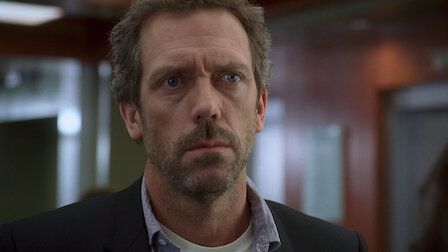
Dr. Jackson Vane
Title: “Portrayal of (Bad) Medicine in TV and Movies”
Have you ever watched a TV show or movie and wonder, “Hey is this how it really happens in the hospital?” or “Is there enough blood on this injury?”. The talk will go over what Hollywood gets right and wrong in medicine.
Jackson is not only a pediatric emergency medicine doctor but played one on TV. He got in trouble by the director for correcting the actors on how to say certain words.